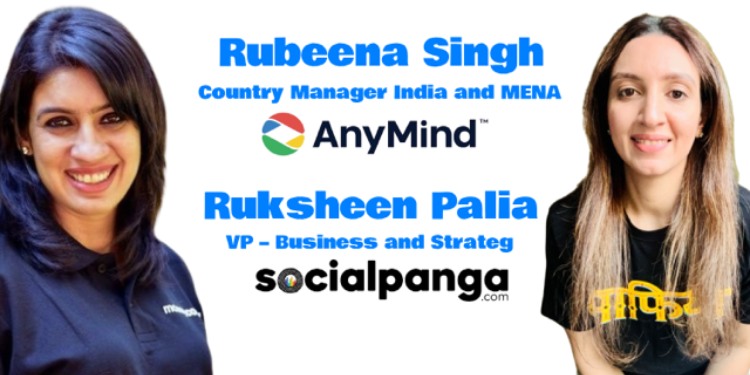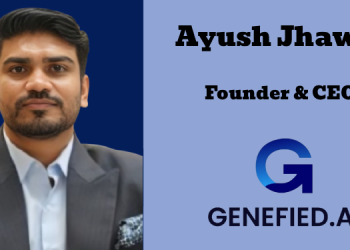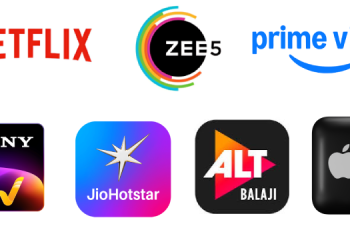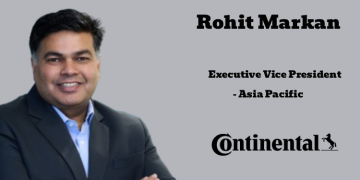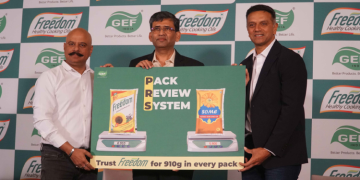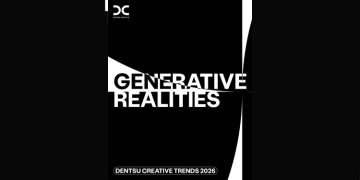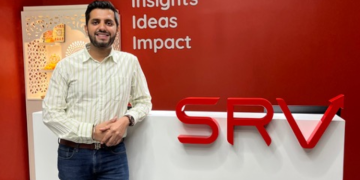With the festive season upon us the expectation is that it will be better than last year. So brands will spend more on marketing activities especially in the premium categories like smartphones. Influencer marketing will have a bigger role to play.
Medianews4u.com caught up with Ruksheen Palia, VP – Business and Strategy Social Panga and Rubeena Singh, Country Manager India and MENA, AnyMind Group. In this festive season exclusive, Ruksheen and Rubeena delve into strategies for leveraging the season, emphasizing influencer marketing, compelling brand narratives, and discount strategies. They anticipate a 15-20% increase in ad spending for 2024, highlight the importance of branded content, and acknowledge AI’s role in optimizing marketing efforts.
Q. Consumers are expected to spend more this festive season in categories like smartphones, four wheelers, and jewelry. What tactics can marketers explore to leverage the opportunity?
Ruksheen Palia: Festive season marks one of the most interesting seasons in marketing where brands are willing to explore & spend money. A few tactics that can be leveraged include limited-time discounts, special financing for big-ticket items, seamless integration of online and offline experiences, collaboration with influencers, and fostering emotional brand love.

Rubeena Singh: In India, categories like smartphones, four-wheelers, and jewellery are expected to see a surge. For instance, smartphone brands like Xiaomi and Samsung can leverage early-bird festive discounts, exchange offers, and bank tie-ups for cashbacks. Car brands like Tata Motors can use regional influencer campaigns to appeal to local festive sentiments and promote limited-edition models. Personalised targetting through platforms like Flipkart and Amazon will be critical, as these platforms drive a significant portion of festive shopping (accounting for nearly 40% of annual online sales during this period).
Q. From an ad spends point of view how will this year’s festive season fare compared with 2023?
Ruksheen Palia: 2024 is meant to take an uptick in terms of Ad spends due to economic factors, Brands will be more aggressive with their budgets, especially in high-ticket categories like smartphones, four-wheelers, and jewelry, as they look to capture the festive shopping surge.
Rubeena Singh: Ad spends in 2024 are projected to grow by 15-20% compared to 2023, with brands investing heavily in digital platforms, given the rising trend in online shopping. According to GroupM’s report, festive season ad spends in 2023 saw a 17% increase, and this year’s increase is expected to be fuelled by strong consumer demand in categories like e-commerce, auto, and consumer electronics.

Q. What is more important for marketers – outshouting the competition to get the share of consumer voice or telling a compelling brand narrative to get consumer attention?
Ruksheen Palia: Ideally both! But it would eventually depend on the goal the brand is out to set. If you want long-term commitment from your customers, then a compelling brand story would be the way to go. But if the brand is looking for short term goals, then outshouting the competition could work.
Rubeena Singh: In India, brand narratives resonate deeply during festivals, as seen in campaigns like Tanishq’s Diwali ads, which focus on tradition and inclusivity. Consumers are more likely to connect with meaningful stories that evoke emotions during festivals. Therefore, a compelling narrative that connects with family values, tradition, and celebration can be more effective than simply outspending competitors.
Q. From a marketing perspective will a lot of focus by companies across categories rest on pushing premium products and aspirational experiences using a discount strategy?
Ruksheen Palia: Definitely! Holidays are the time people are ready and have usually saved up to spend. Discount strategies have worked in the past and still work as it has more to do with consumer behavior. (Who doesn’t want a good deal) and therefore we will see a lot of brands using this strategy for the upcoming festive season.
Rubeena Singh: Yes, premiumisation will be a major focus, especially in sectors like luxury electronics (e.g., Apple’s festive iPhone offers) and automobiles (e.g., Hyundai’s festive editions). However, discounts will still be pivotal. For instance, Tanishq and PC Jeweller traditionally balance premium jewelry sales with festive discounts, which help attract a wider base of aspirational customers.
Q. Is influencer marketing going to be more important during this festive season?
Ruksheen Palia: Yes, we’re amid influencer strategy being a huge part of digital marketing today. Every brand wants to jump onto this and for good reason.
Consumers are increasingly turning to influencers for authenticity, as influencers significantly drive brand purchases. The rise of micro and nano influencers makes collaborations more budget-friendly, while these influencers often become trendsetters. Additionally, their ability to create impactful video content enhances their effectiveness in engaging audiences.

Rubeena Singh: Influencer marketing is expected to grow by 25% during the festive season in India, with platforms like Instagram and YouTube leading the charge. Brands like Nykaa and Mamaearth have heavily relied on influencers to drive festive sales in beauty and skincare. Influencers, especially those with regional followings, will be instrumental in driving purchasing decisions during the 2024 festive season.
Influencer marketing will take center stage in India’s festive media mix, contributing to over 35% of total digital marketing budgets in categories like fashion, beauty, and consumer electronics. Brands like Boat and Mamaearth have successfully integrated influencers into their campaigns to drive not just awareness but also sales, particularly among millennial and Gen Z consumers.
Q. How far in advance will marketing activities start? Does it depend on the category?
Ruksheen Palia: Yes, it depends on the category and the goal the brand is planning to set for this festive season. Marketing timelines vary by category: big-ticket items typically require 3-4 months, fashion apparel usually sees a 2-month lead time, FMCG and consumer goods often ramp up in 1 month, and services generally prepare their campaigns within 1-2 months.
Rubeena Singh: In India, marketing typically starts ramping up by Ganesh Chaturthi or Navratri, with an early focus on high-involvement categories like automotive and electronics. In 2023, Samsung began its festive promotions for premium smartphones as early as September. On the other hand, fashion and beauty brands, like Myntra and Ajio, may start their marketing a bit later, around Dussehra, to build momentum toward Diwali.
Q. What role will branded content play in driving the intent to purchase? Can it also drive conversions?
Ruksheen Palia: Branded content will play a crucial role in driving both the intent to purchase and conversions during the festive season. It will help to drive purchase intent, conversions, Awareness and brand love.
Rubeena Singh: Branded content in India is crucial, as seen in campaigns by Swiggy and Zomato, which cleverly use relatable festive content to increase user engagement. Such content not only drives intent but also aids in conversions when combined with festive offers. A Facebook India study showed that branded content can lead to a 31% increase in purchase intent during the festive season.

Q. How will AI help marketers when it comes to the right to win?
Ruksheen Palia: AI is gaining popularity month by month and only getting better. AI is going to help brands for Real time decision making, targeting intelligence, Enhanced Customer Journey Mapping, Enhanced Creativity and Innovation and Optimised Ad Spends.
Rubeena Singh: AI-driven tools like JioMart’s personalised recommendations or Flipkart’s AI-powered search help brands optimise targeting and personalisation. This technology ensures that brands reach the right consumers with relevant festive offers, improving conversions. Predictive AI can also help marketers forecast demand and adjust campaigns in real time.

